Three unique artifacts, reflecting the unique value of Champa religious art, displayed at the Da Nang Cham Museum, have been recognized as national treasures.
Deputy Prime Minister Tran Hong Ha has just signed a decision to recognize 29 national treasures, of which Da Nang City has 3 treasures.
The first is the My Son E1 Brahma Birth Relief treasure dating back to the 7th-8th century, originating from My Son, Quang Nam province. This is a decorative carving on the door arch of My Son E1 tower, brought to the Da Nang Cham Museum in 1935.
The content of the carving is a familiar theme in Indian mythology, the legend of the formation of the universe of the ancient Indians.
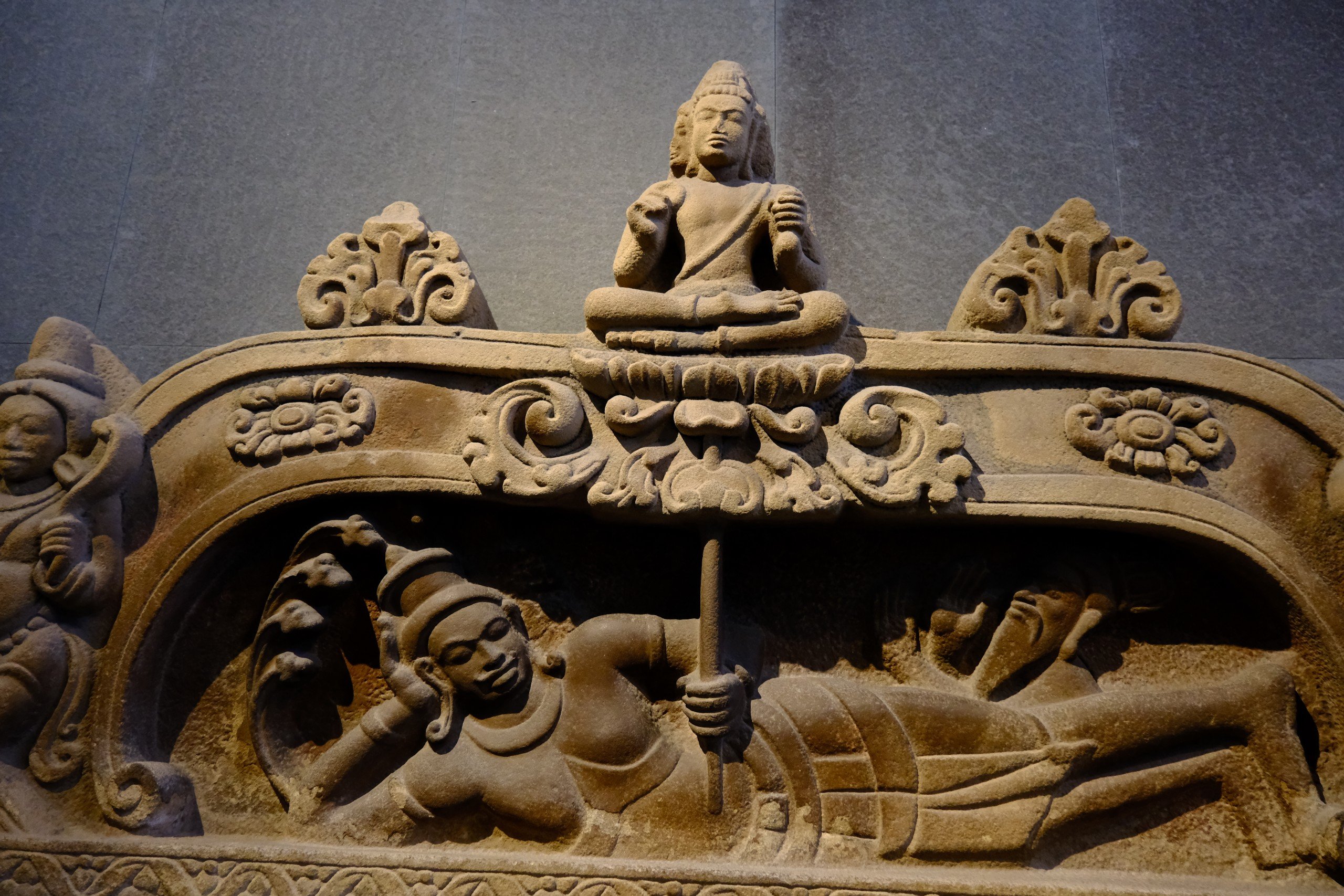
This artifact is made of sandstone and is on display at the My Son gallery of the Cham Museum.
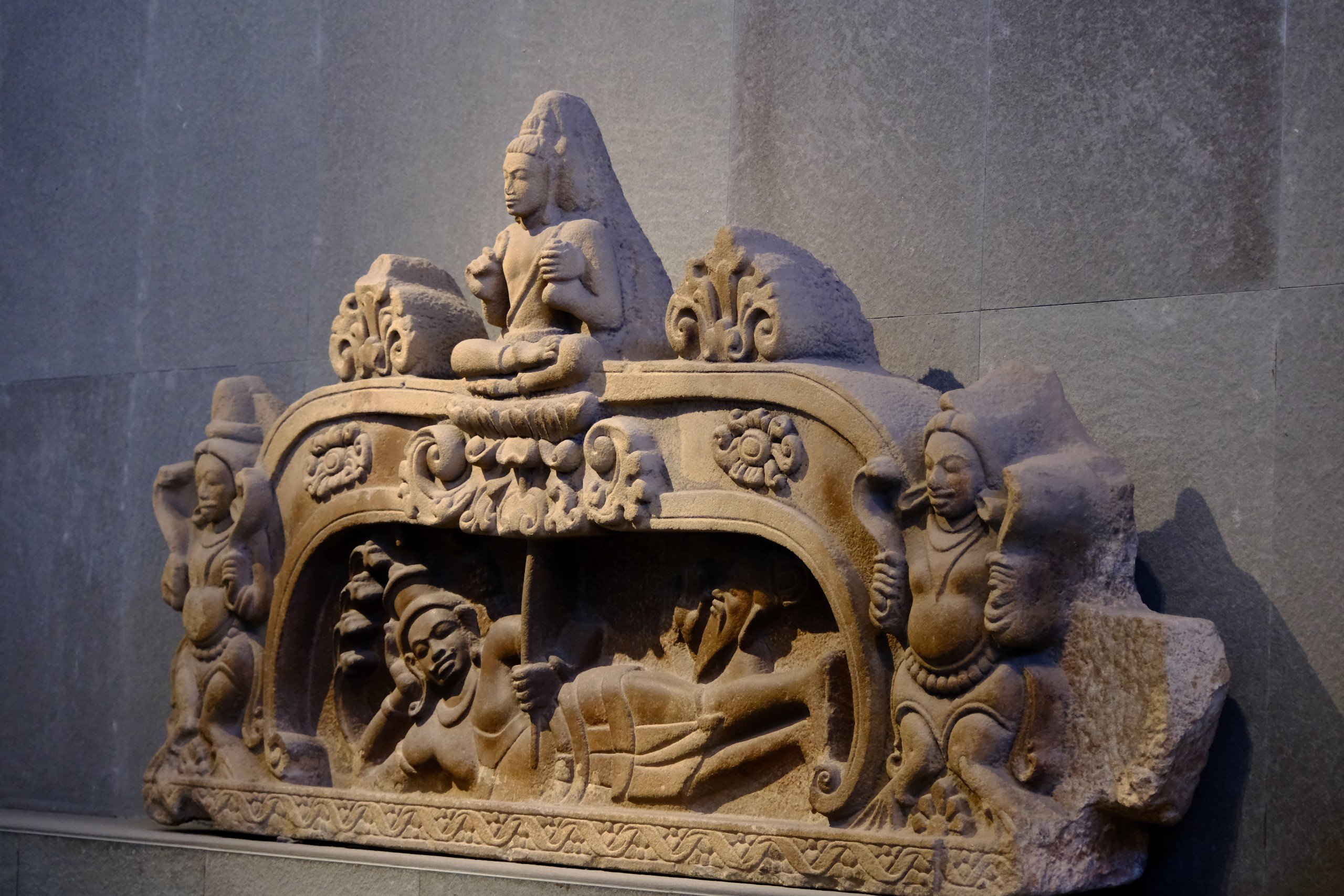
In Indian sculpture, this position is often the image of the goddess Laksmi - wife of Vishnu. At the two ends of the relief are two Garuda birds with human body and bird feet, this Garuda image is very popular in Mon - Dvaravati art in Thailand.
The second treasure is the My Son C1 Shiva statue dating back to the 8th century, also from My Son, made of sandstone. The statue was found at My Son C1 tower in 1903. At this time, the work is no longer intact. The head, two arms extended forward and the legs from the knees down are broken.
French archaeologist Henri Parmentier believes that this is a begging image of Shiva. There is also a hypothesis that the Cham people worshiped Gods and Kings, so this is a portrait of Gods and Kings worshiped at My Son.
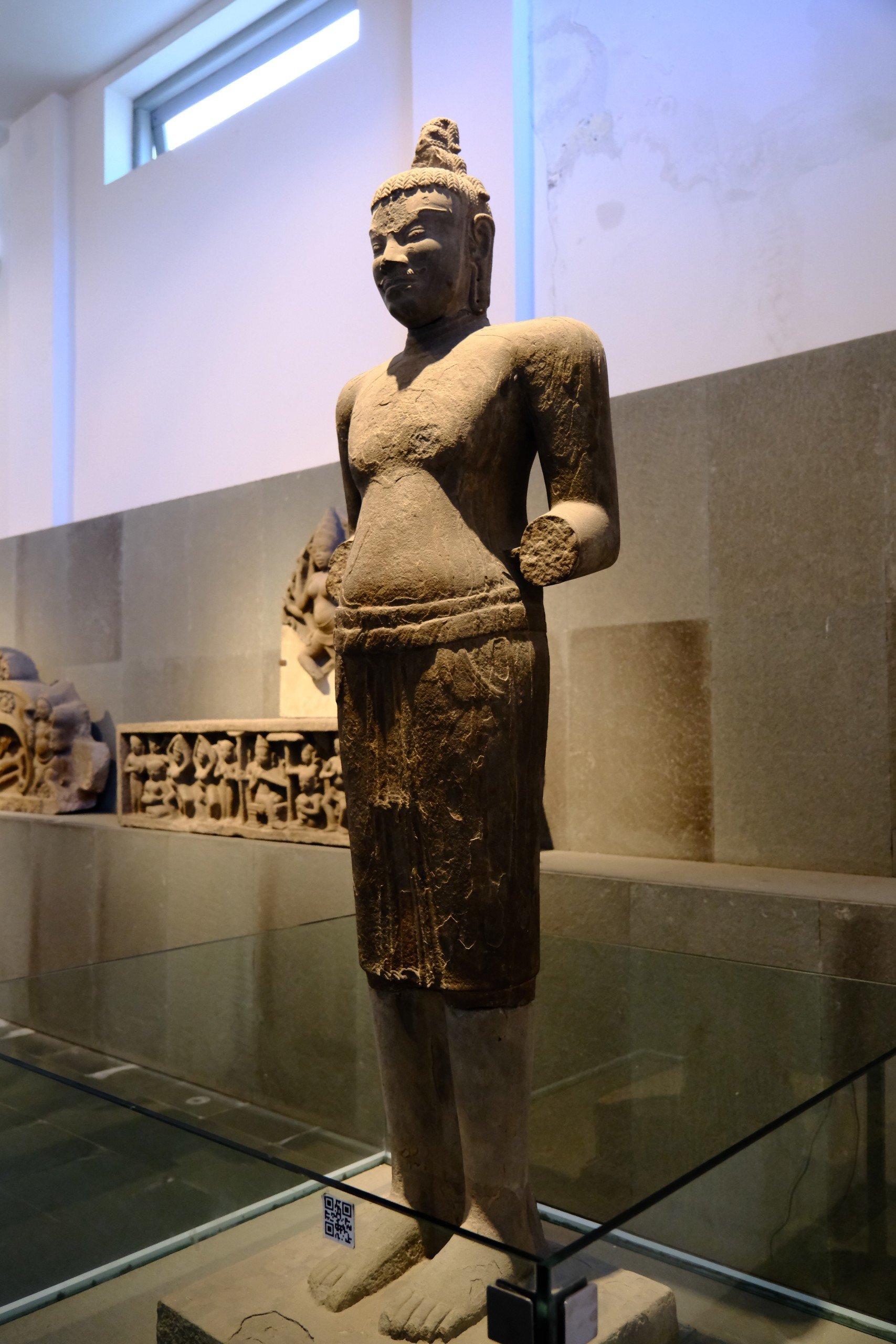
This is a very rare work in Cham sculpture dating from the late 8th century.
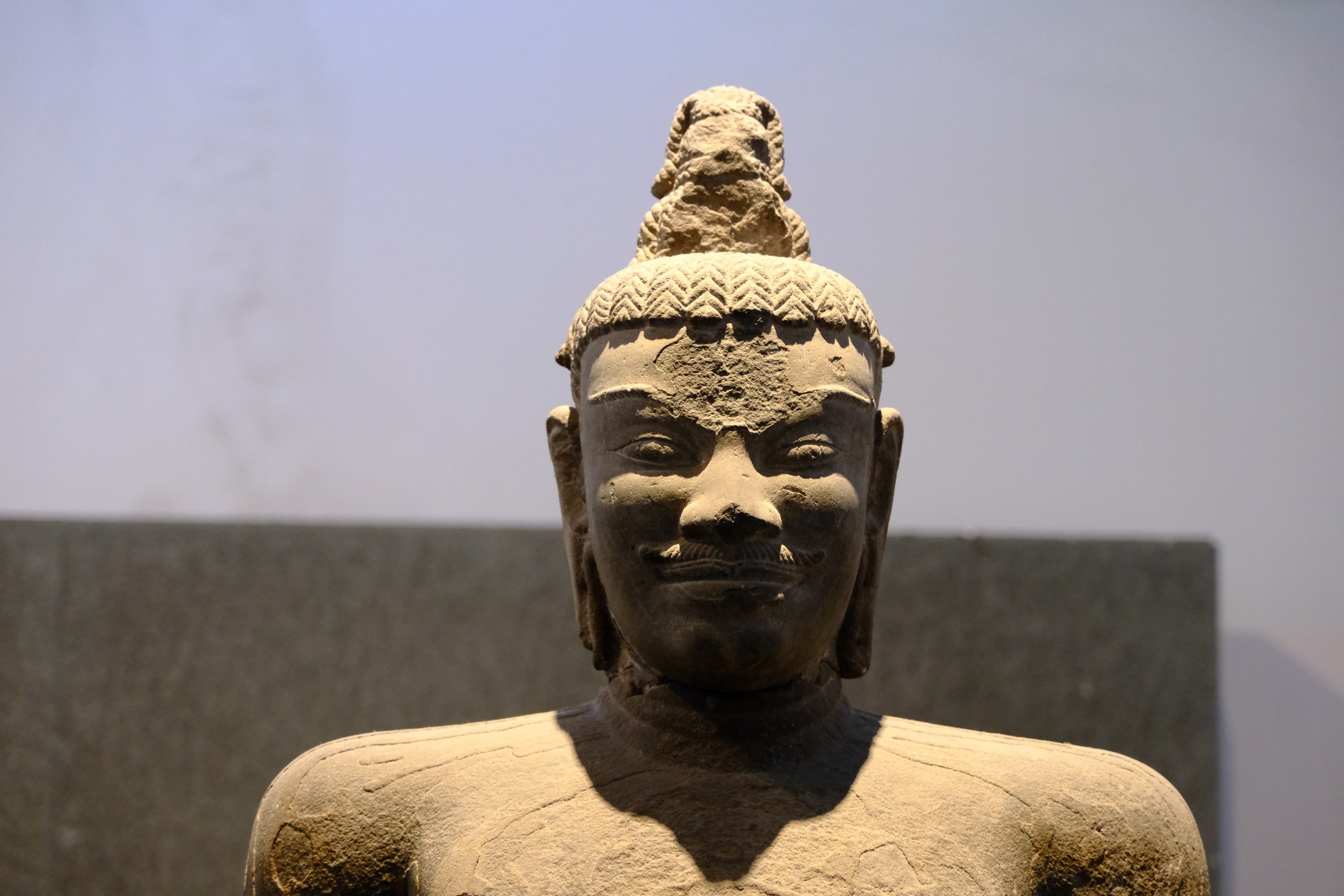
The face of the statue is damaged.
The third recognized treasure is the Apsara relief of Tra Kieu dating back to the 10th century, originating from Tra Kieu, Quang Nam province. The relief is placed with the reliefs of the tower base and the dancer statue above to recreate the altar of the Tra Kieu dancers.
The work depicts two Apsara dancers in a dancing pose, wearing thin skirts, identified by the skirts hanging between their legs and tied in a bow at the back. Next to the dancers are Gandharva musicians playing a stringed instrument called tuila. The work is considered a masterpiece of Cham sculpture.
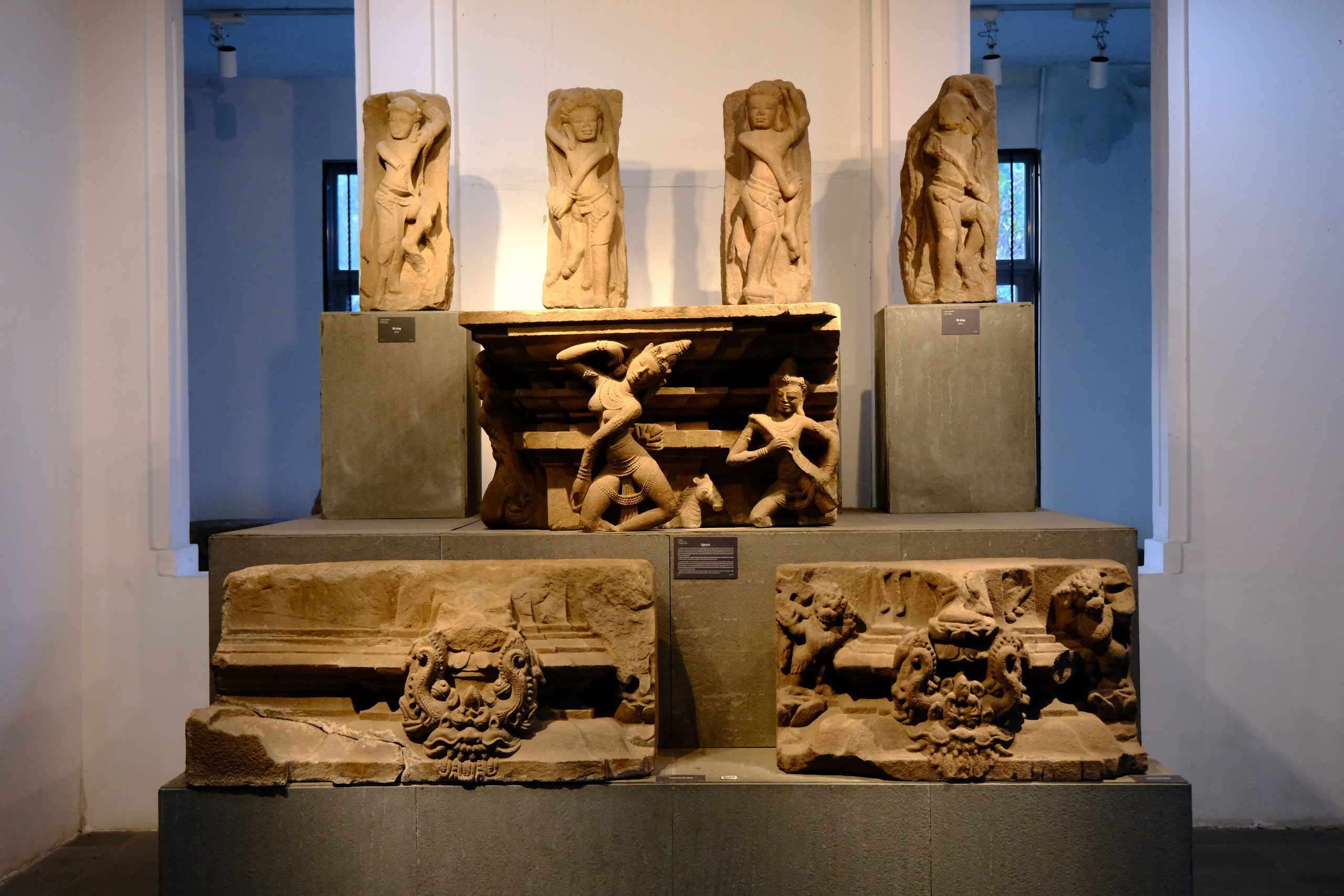
According to Indian mythology, the Apsaras are beautiful celestial nymphs, born from the Churning of the Ocean of Milk between the gods.
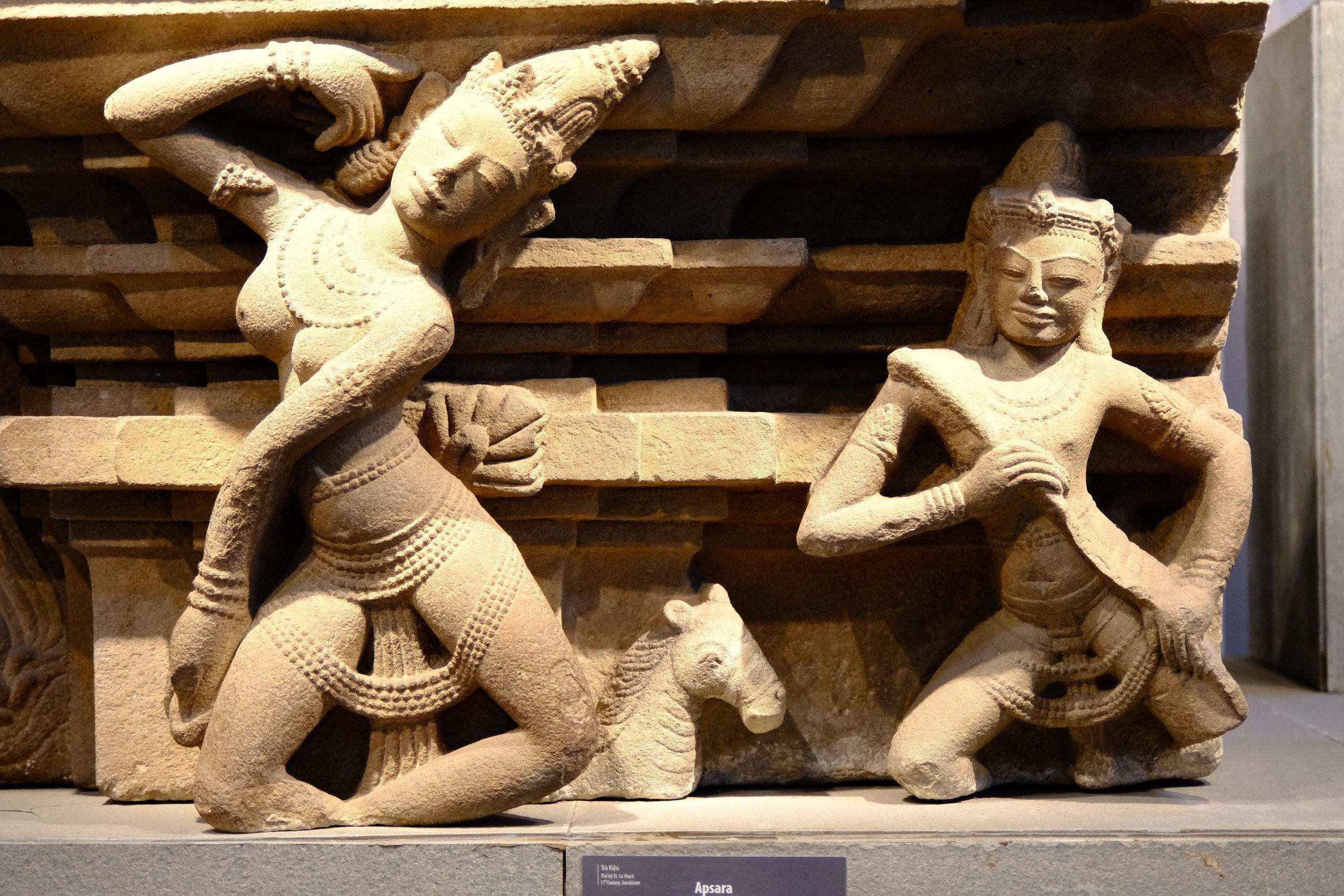
The Gandharvas were talented musicians, often performing with dancers.
All three works are unique artifacts, with unique forms, typical in theme and artistic style, reflecting the special value of Champa religious art through many historical periods.
The recognition of these three treasures shows that the Da Nang Museum of Cham Sculpture has made great efforts in preserving and promoting the values of the artifacts.
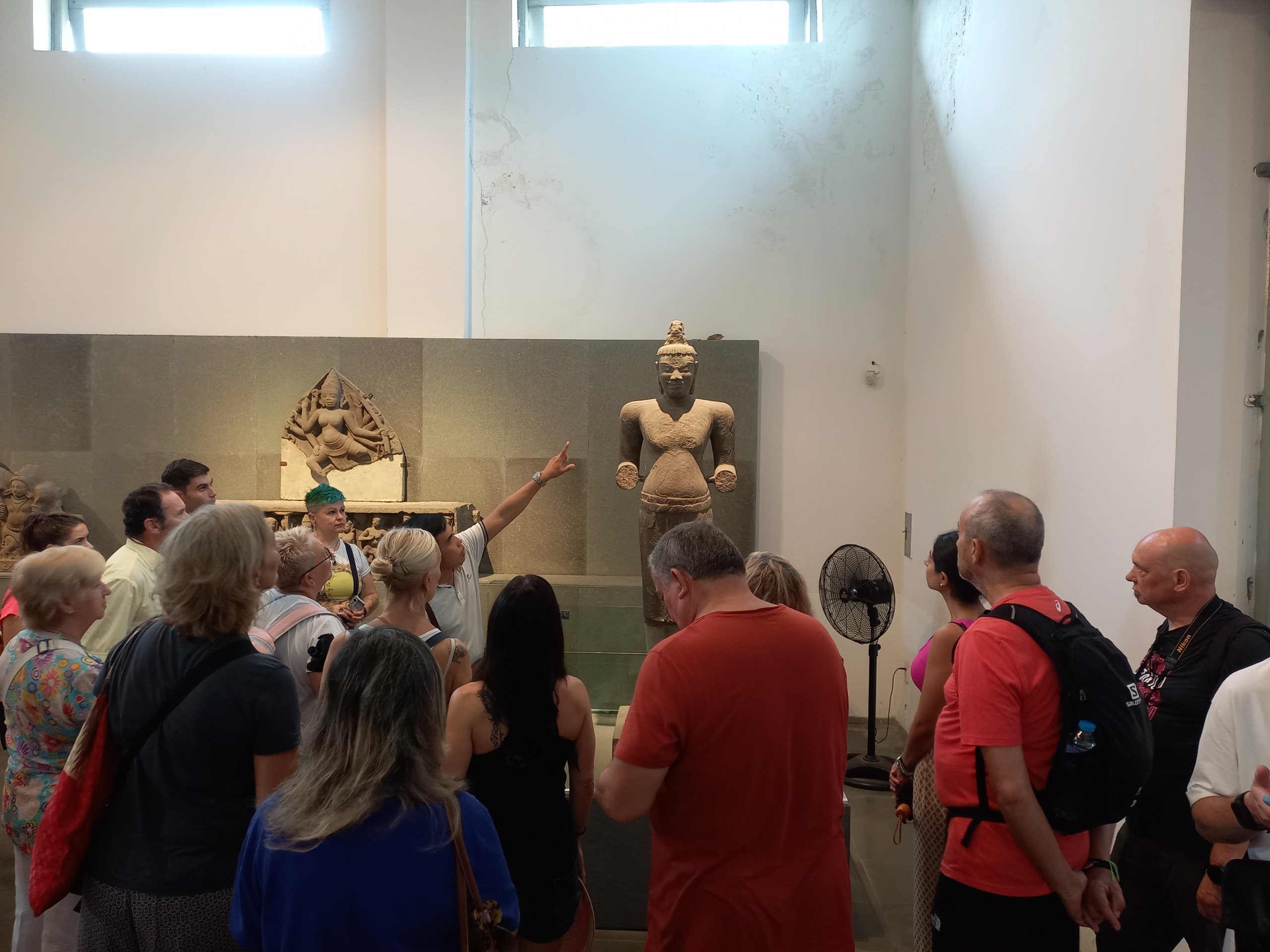
Artifacts attract tourists to visit at Cham Museum
Previously, the Da Nang Museum of Cham Sculpture had 6 national treasures including: My Son E1 Altar, Tara Bodhisattva Statue; Tra Kieu Altar, Dong Duong Altar, Ganeshav Statue and Gajasimha Statue.
Source: https://nld.com.vn/can-canh-3-bao-vat-quoc-gia-tai-bao-tang-cham-da-nang-196240122085250057.htm





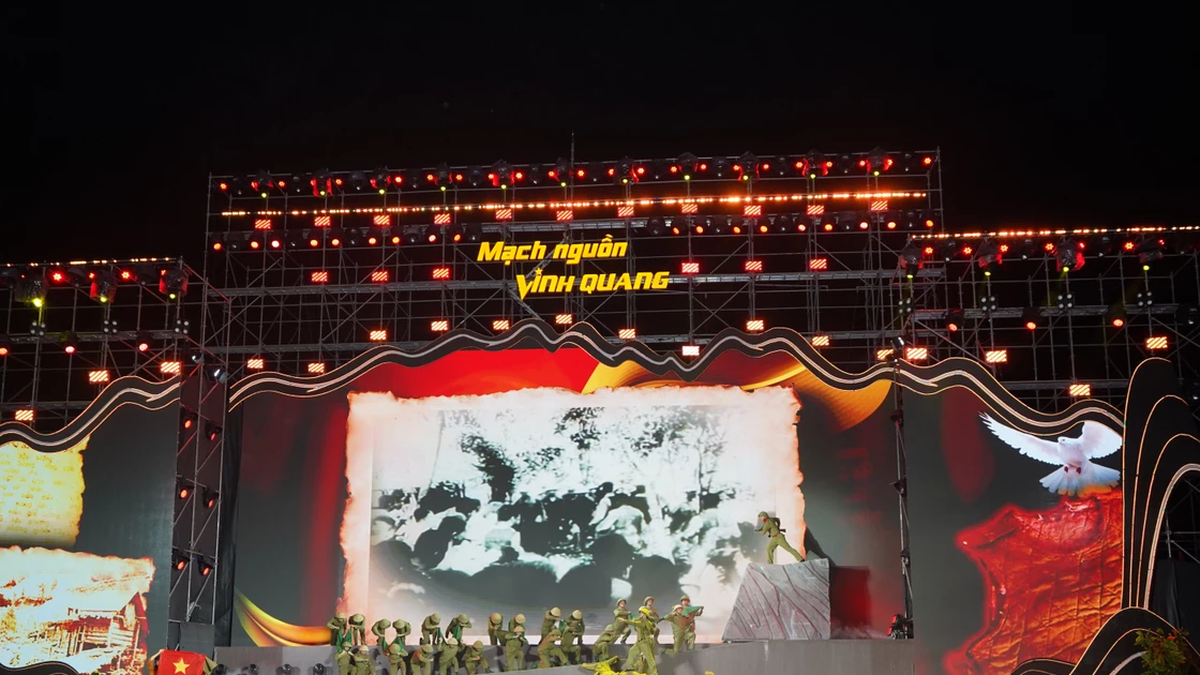

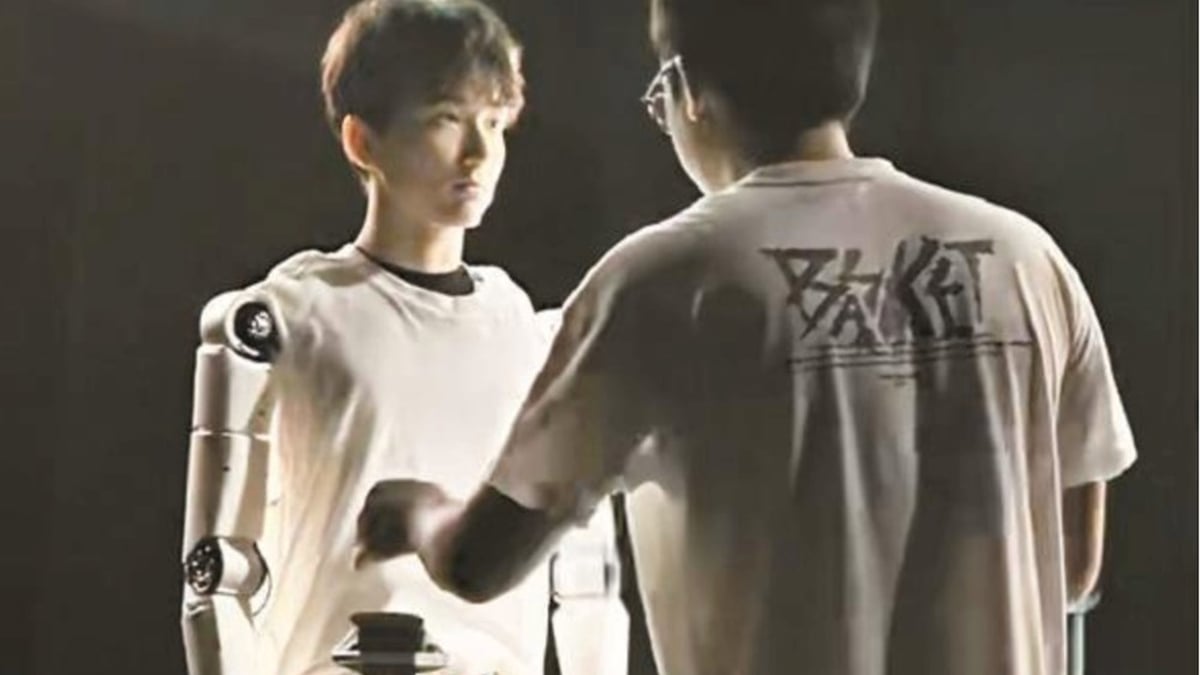


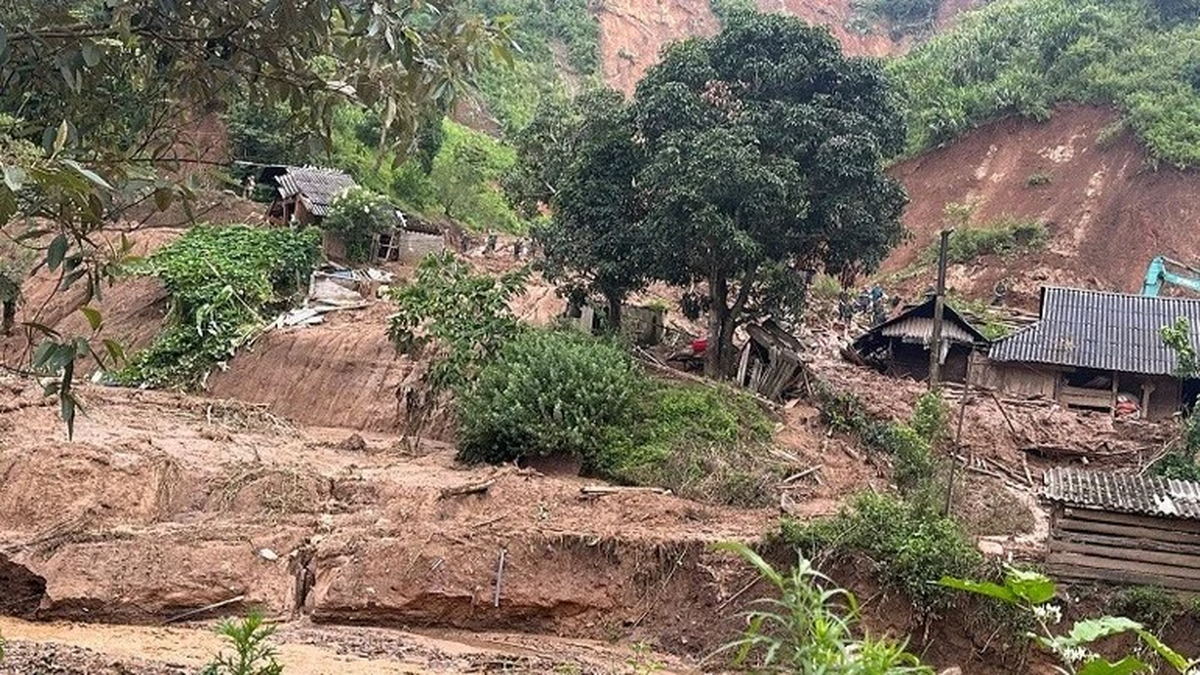
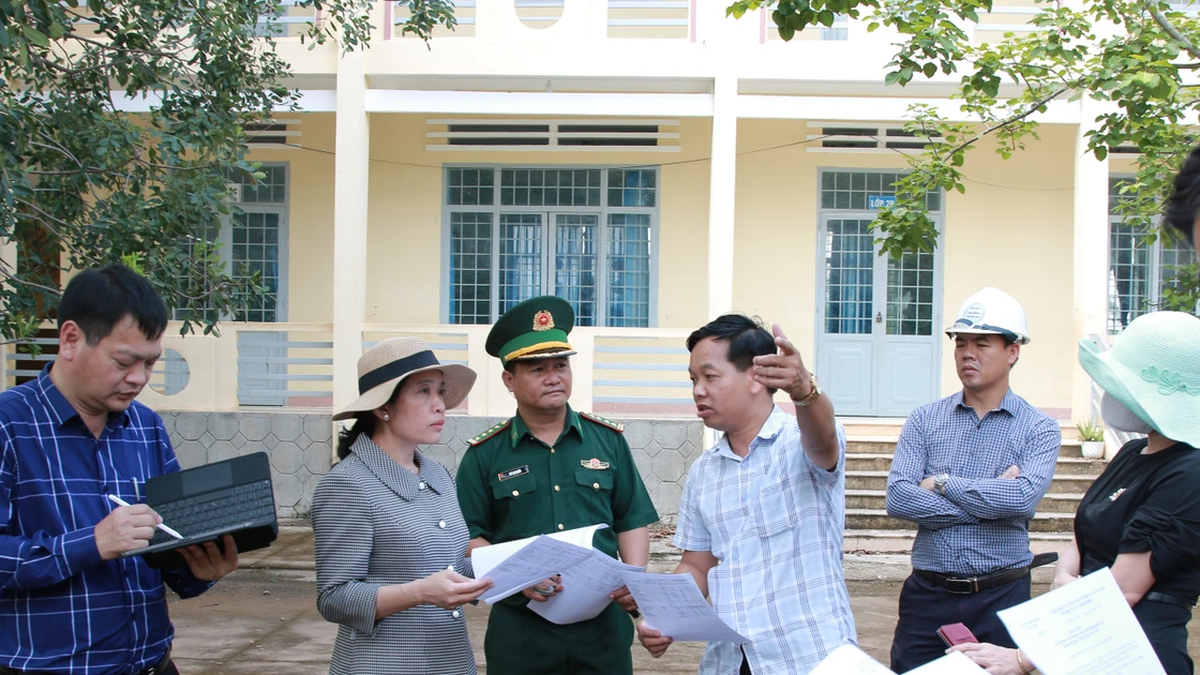






















































































Comment (0)